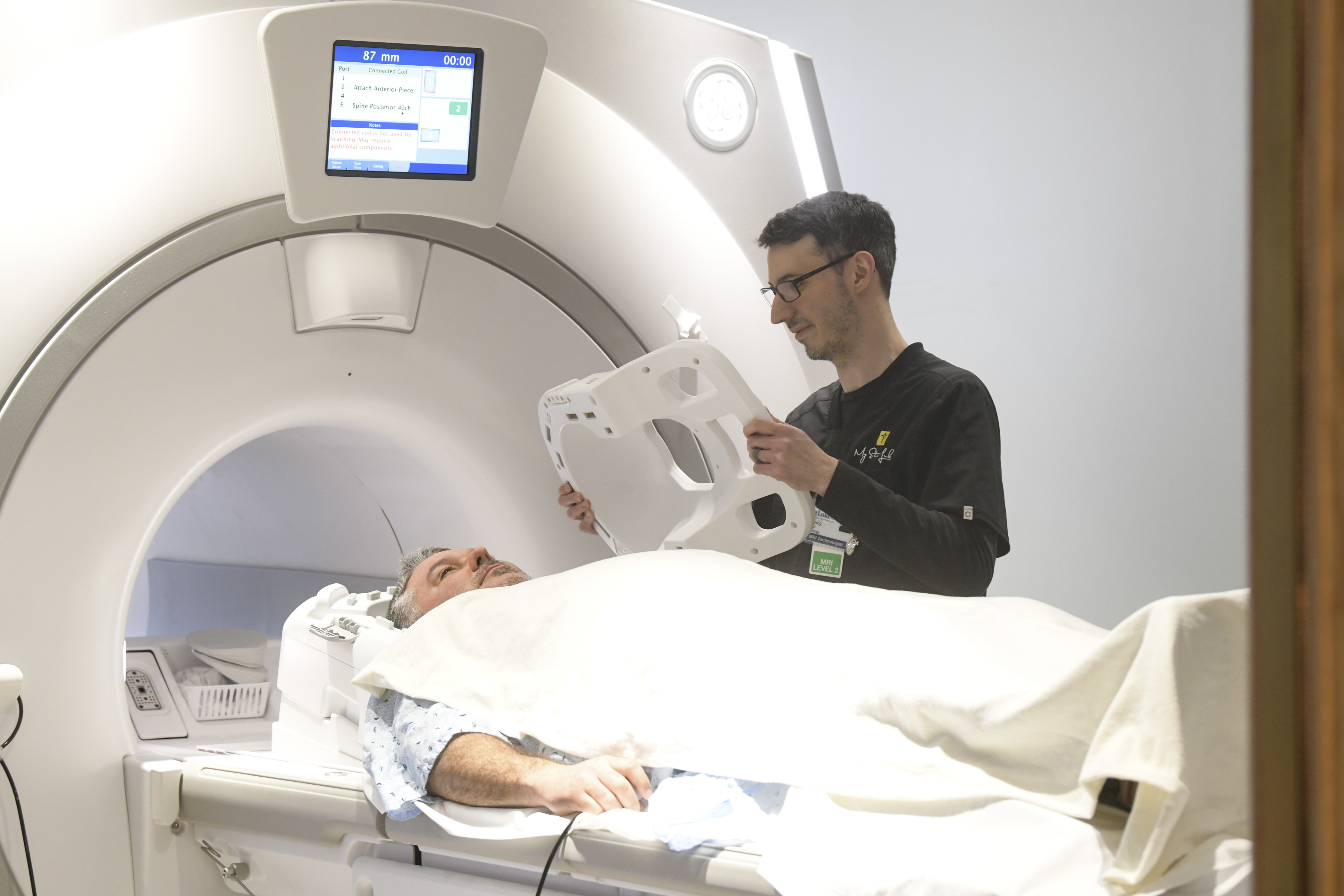Heart Disease is the No. 1 Cause of Death in Women
February 02, 2021

The numbers may surprise you. According to the American Heart Association (AHA), one woman dies of heart disease every 80 seconds, accounting for 1 in 3 deaths each year. To add to that, 90% of women have at least one risk factor for heart disease. Traditional risk factors like smoking, advanced age, diabetes, high blood pressure, high cholesterol or family history of coronary disease may not be surprising, but many women don’t know that there are additional risk factors that are just as relevant. Things like post-menopausal status, hormone replacement therapy, rheumatoid arthritis, HIV and stress/anxiety can also increase your risk of developing heart disease. “It’s so important for women to know their risk for heart disease, especially that it increases with age, so the earlier you start paying attention to your heart health, the better,” explains Dwithiya Thomas, MD, director, St. Luke’s Women’s Heart Center.
Beyond the sobering stats is some good news - there are ways to lower your risk and prevent heart disease. In fact, according to the AHA, 80 percent of heart disease can be prevented by lifestyle change and education. Dr. Thomas and St. Luke’s cardiologist, Lynn Moran, DO, of St. Luke’s Heart and Vascular Center, list some PROACTIVE lifestyle changes you can make right now to make a commitment to your health and reduce your risk:
- Stop smoking - NOW! It’s the best thing you can do to prevent heart disease. Smoking damages your circulatory system, inhibits your lung capacity and lowers your good (HDL) cholesterol.
- Fuel with Good Foods - Your body craves healthy, WHOLE foods with a small ingredient list. Eating better sounds simple, but we all know that it involves a multitude of decisions we make during the day. Look for foods that come largely from the earth, not processed in a factory. Added sugar, salt and cholesterol are hidden in a lot of packaged and prepared foods, so read labels.
- Keep a food journal. Just for a week. Or even a day. Look back at that record and see what and when you eat. Then figure out how to change the bad stuff. Switch it out, even just one item at a time, if it is easier.
- MOVE - Get up and move - every day. You don’t need to carve out a big chunk of time to exercise - start with short increments and build up to 30 minutes. You’ll feel so good, you’ll likely want to do more! Every movement counts. All those tricks you’ve heard to get exercise into your day? Do them. Park your car further away. Stand up at your desk every half hour and walk to the water fountain. Keep your workout stuff in the car so you can go straight to the gym. Make a date with a friend, and wake up that half hour earlier to meet her for a brisk walk.
Get help evaluating your risk at www.sluhn.org/heart or call Infolink at 1-866-STLUKES for more information.
###
Read More NewsLatest News

April 30, 2025


